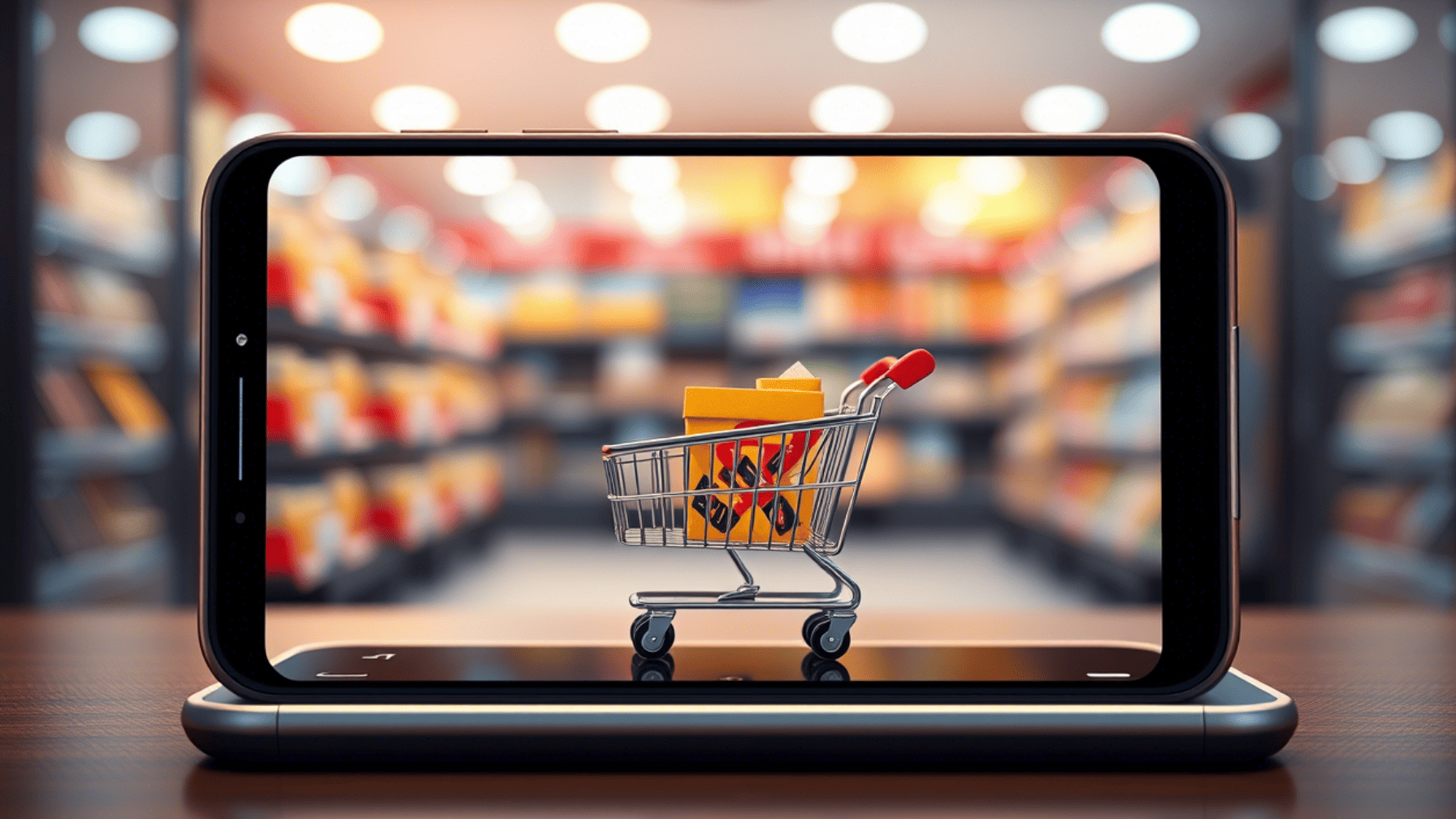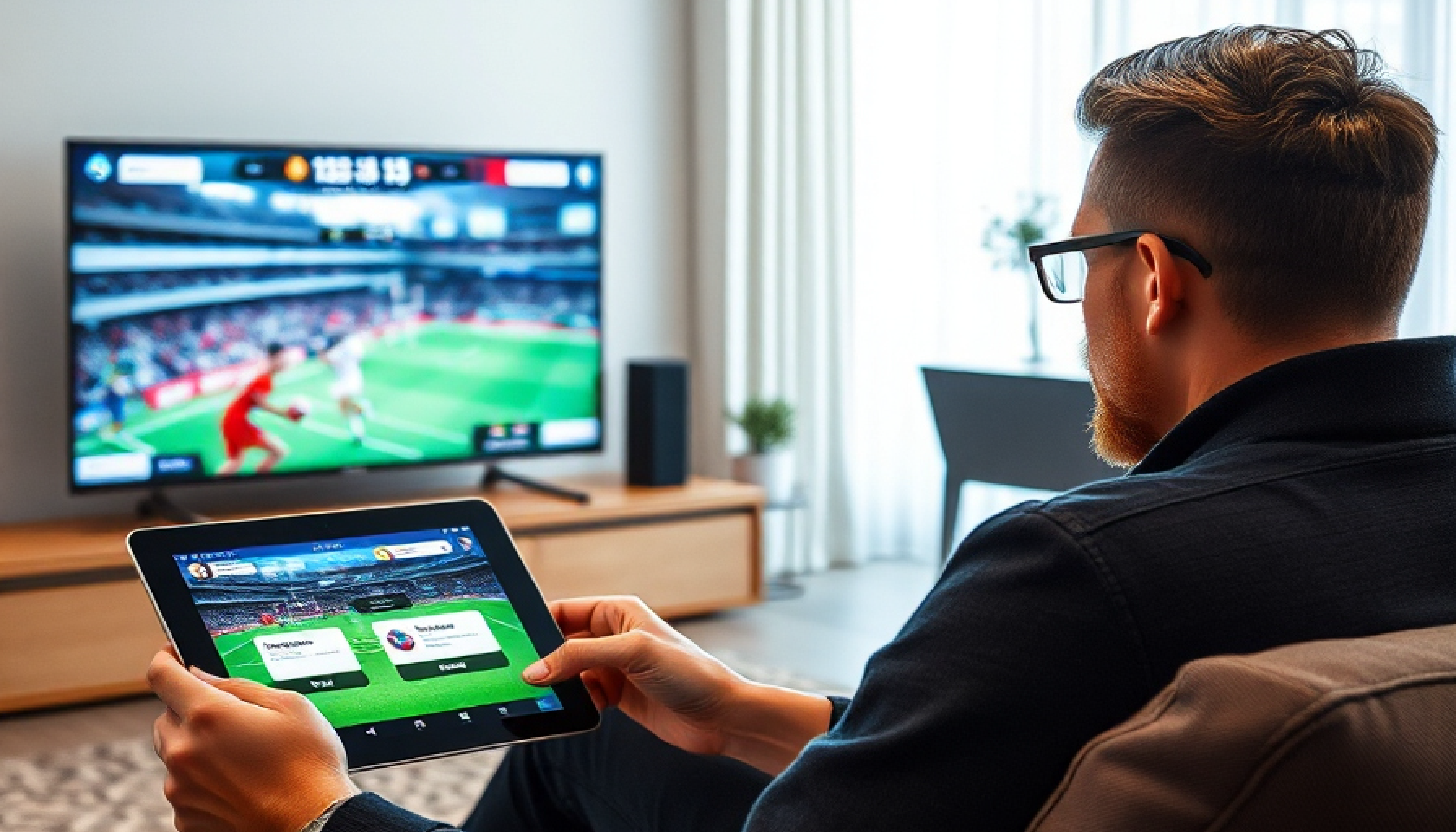Imagine your favorite luxury boutique, right smack in the middle of the city. The dazzling window display, the warm and inviting lighting inside, well-defined product displays, waiting consultants at your disposal. Feeling at ease, trust engendered — the store is an automatic buy. Now, bring that scenario into the digital world. UX/UI is that same storefront, ambiance, and service — only in digital form.It is an integral part of the customer journey whereby UI design becomes a silent salesperson.
Online Shopping Psychology enables brands to identify touchpoints that impact user feelings about decisions and thus directs their UX/UI design considerations. When brands know the psychology of what makes people buy, they can develop layouts that feel intuitive and human.
But what exactly makes UX/UI effective? How can visual elements, psychological triggers, and personalization be used correctly to nudge users toward a purchase? In this article, we’ll explore the key ecommerce UX best practices that influence decision-making and how they shape the user experience — turning casual browsing into a conscious desire to buy. Following ecommerce UX best practices ensures that your design choices are grounded in what actually converts visitors into loyal customers.
First Impressions: The Power of Visual Design
Color is often the first signal our brain perceives, even before we read anything or understand what the product is about. Studies show that up to 90% of a first impression is formed based solely on color. Deep, dark tones signal luxury and status; bright colors evoke emotion; and pastel shades foster a sense of trust. “People don’t read design — they feel it,” said renowned designer Joe Sparano. And he was right: the right visual language shapes perception before a user takes any action. That’s the essence of emotional design in ecommerce.
A thoughtful emotional design strategy can create an atmosphere that builds deeper user-brand connection, even on the first scroll. Emotional design in ecommerce helps make experiences memorable and encourages repeat visits. How information is presented is just as important as what’s being presented. Typography isn’t just about fonts — it’s the voice of the brand. Bold, geometric typefaces add authority; light, rounded fonts create a friendly atmosphere. Hence, minimalism and harmony in the design salute them. They do not distract-they give the proper direction. As a design that is clean and uncluttered, this does not merely have aesthetic qualities, but also strategic qualities.Space, balance, and restraint in detail help create a sense of completion. In a world overloaded with information, user behavior online is driven by simplicity and clarity. User behavior online is strongly influenced by visual structure — users skim, react emotionally, and make snap decisions based on design cues.
A brand's visual language constitutes more than just a first impression — it serves as an influential agency. An unambiguous arrangement, appropriate typography, and the right selections of colors can change user behavior directly in that they become attuned to spending time or ease on the page or more willing to buy. Good design isn’t just “pretty” — it acts like a scriptwriter, crafting an invisible but tangible experience. That’s why brands often use heatmap analysis to understand where users pause, click, or hesitate — and optimize accordingly.
Smart heatmap analysis also reveals design blind spots, helping UX teams eliminate friction and maximize interaction rates.
Time = Trust: How Speed Affects Your Sales
Website navigation is more than a set of buttons and menus — it’s the path a user takes to reach their goal. When that path is logical and intuitive, people don’t even think about how they’re moving from one section to another. But if you add an extra step, hide important information, or force users to guess where to find something — bounce rate soars. People don’t want to search — they want to find.
Reducing bounce rate is often a direct result of simplifying UX structure and providing frictionless access to content. This reflects how UX influences buying decisions in fast-paced ecommerce environments. Understanding how UX influences buying decisions allows brands to eliminate unnecessary steps that cause hesitation.
Even with perfect navigation, slow loading times can destroy the user experience. It feels like being stuck between actions, watching loading indicators crawl across the screen. This moment is critical: a few seconds of waiting can lead to lost trust — and lost sales. Good UX/UI can help ease that frustration. Skeleton screens create the illusion of instant response, animations make transitions smoother, and simple visual cues assure users that the process is ongoing, not frozen. In an ideal interface, everything works so seamlessly that users don’t notice how easy it is. That’s the goal — not just to make things look good, but to create a flow where every action feels natural. Because when users aren’t thinking about navigation or load times — they’re thinking about your product. And that’s the best outcome conversion rate optimization (CRO) can achieve. CRO strategies also help refine micro-interactions and reduce cognitive load.
Top-performing mobile ecommerce UX focuses not just on aesthetics but on reducing steps between browsing and checkout. When mobile ecommerce UX is optimized, users complete actions with minimal effort, increasing satisfaction.
Sales Triggers: How Design Affects the Subconscious
You are considering a smartphone, and there you are flipping through a catalog, and suddenly you come across a piece having the label "Best Seller" with all its positive reviews and ratings-all viewed from 4.9 stars. Something inside you says: “If thousands of people bought this, it must be a good choice.” Now imagine you hesitate, and a timer appears on the page: “2 hours left on this discount!” You’re still unsure, but your heart starts beating a little faster. The fear of missing out kicks in: “What if the discount is gone tomorrow?” Social proof and urgency are two of the most powerful psychological triggers in design. They work not because we want them to, but because our brains are wired that way. We trust others. We fear missing out. Good UX design doesn’t just add flashy buttons or countdowns — it embeds these mechanisms into the purchasing process, tapping into users’ subconscious with smart call to action (CTA) placement.
Strategically placed CTA buttons with urgency wording have been shown to increase click-through rates by up to 40%.But there’s an important nuance: good design uses these triggers to build trust, not manipulate it. Real effectiveness isn’t about forcing a purchase now — it’s about making the user come back. Design is not just about conversions — it’s about the experience that lingers afterward. If a user clicks "Buy" and feels satisfied rather than uncertain, the triggers worked well. Harmonious UX doesn't just guide decisions — it creates lasting emotional bonds with the brand. And that bond determines whether the user returns — not because of a sale, but because it feels right. This is a core part of customer retention strategy.
Customer retention improves when a site feels intuitive, helpful, and designed with user loyalty in mind.
Personalization & Trust: When a Store Knows You Better Than You Know Yourself
The page loads, and instead of a chaotic product list, you see a selection curated just for you. There’s an accessory for your last purchase, an item from your wishlist, and that one thing you searched for but didn’t buy. No clutter. No random suggestions. This isn’t magic — it’s personalization making shopping smooth, fast, and stress-free.
The brand Silver Fern used personalized recommendations to increase probiotic sales. They let users choose symptoms they were experiencing and offered products accordingly. Combined with real reviews from people with similar issues, this led to a striking 32.38% increase in sales of their Ultimate Probiotic Supplement.
Personalization is more than a marketing tool — it builds trust. When a customer sees that a store isn’t pushing random items but suggesting something genuinely useful, they start seeing the brand as a reliable partner. People want to feel understood, to know their needs are considered. Add transparent purchase info to the mix, and trust grows even more. This approach is a fundamental aspect of conversion rate optimization (CRO).
CRO techniques often involve dynamic content, recommendation engines, and behavioral targeting to improve sales flow. As personalization becomes more advanced, it also becomes central to how UX influences buying decisions.
Mobile Optimization: When Shopping Is Always Within Reach
Just a few seconds — that’s all it takes for a user to decide whether to stay on your site or close the tab. Today, shopping happens everywhere — on the go, in line, or lounging at home. According to Statista, mobile devices accounted for over 54% of global web traffic in 2024. Responsive design isn’t just a convenience — it’s a critical necessity for any business.
A modern site should adapt to the user — not the other way around. On a phone, everything should be clear without zooming. On a tablet — touch-friendly. On a desktop — optimized for a big screen. When responsive design works well, the user doesn’t have to think about how to interact with the site — it just makes sense. That’s when site usability becomes invisible but invaluable.Great site usability also reduces support tickets and boosts session durations. That’s why mobile ecommerce UX must be a core consideration from day one.
Another crucial factor is the speed of checkout. Every extra step increases the chances of abandonment. Mobile payments solve this: Apple Pay, Google Pay, and similar services let users buy with one tap. No one wants to type in card details manually — especially on the move.
According to Baymard Institute, optimizing the cart and checkout process can boost conversion by 35.26%. When users don’t face unnecessary forms or steps and can finish a purchase in seconds, they do so without hesitation. Everyone wins: the user gets a smooth experience, and the business gets fewer abandoned carts and more completed sales. To ensure this, smart brands rely on A/B testing to find the most effective design choices.
A/B testing also supports experimentation with checkout flows, CTAs, and product page layouts — crucial tools in ecommerce UX best practices.
UX/UI: More Than Just Looks
UX/UI design is not about making the interface appear beautiful; rather it is a strategy that directs customer behavior. It becomes responsible for making sure that users can easily interact with the brand and quickly find the desired information, eventually allowing for consumer purchasing decisions. Design is not only aesthetic; it is an intelligent approach in making continuous interactivity to prompt users into action.
But even the best-designed interface isn’t the end. Ongoing testing and improving the user experience is key to sustainable growth. In a world where competition never stops, every small detail matters. That’s why customer journey mapping and analytics should be a constant process.
How often should you update your design to stay relevant? Should you follow trends or create your own? And most importantly — what matters more: visual appeal or functional ease for the user?

Conclusion
Effective ecommerce UX/UI is more than aesthetics — it’s strategy in action. Every color, font, layout choice, and micro-interaction shapes how users feel, decide, and ultimately buy. A well-designed interface doesn’t just guide the eye; it speaks to the subconscious, builds trust, reduces hesitation, and turns casual browsers into loyal customers.
The psychology of online shopping shows us that people don’t just interact with a screen — they interact with emotions, trust, and ease. That’s why personalization, speed, mobile optimization, and thoughtful design triggers are not “extras” but essential parts of a conversion-focused experience.
In the end, great UX/UI is invisible: users don’t notice the design — they notice how effortless it feels to shop. And when the journey feels natural, seamless, and personal, brands win not just a sale, but long-term loyalty.
Key Takeaways: Ecommerce UX/UI
- First impressions matter — color, typography & layout shape emotions and trust.
- Speed = sales — intuitive navigation & fast loading reduce bounce and boost CRO.
- Psychological triggers (social proof, urgency, smart CTAs) drive conversions when used ethically.
- Personalization builds trust — tailored recommendations increase retention & sales.
- Mobile-first UX is critical — responsive design & 1-tap payments cut cart abandonment.








